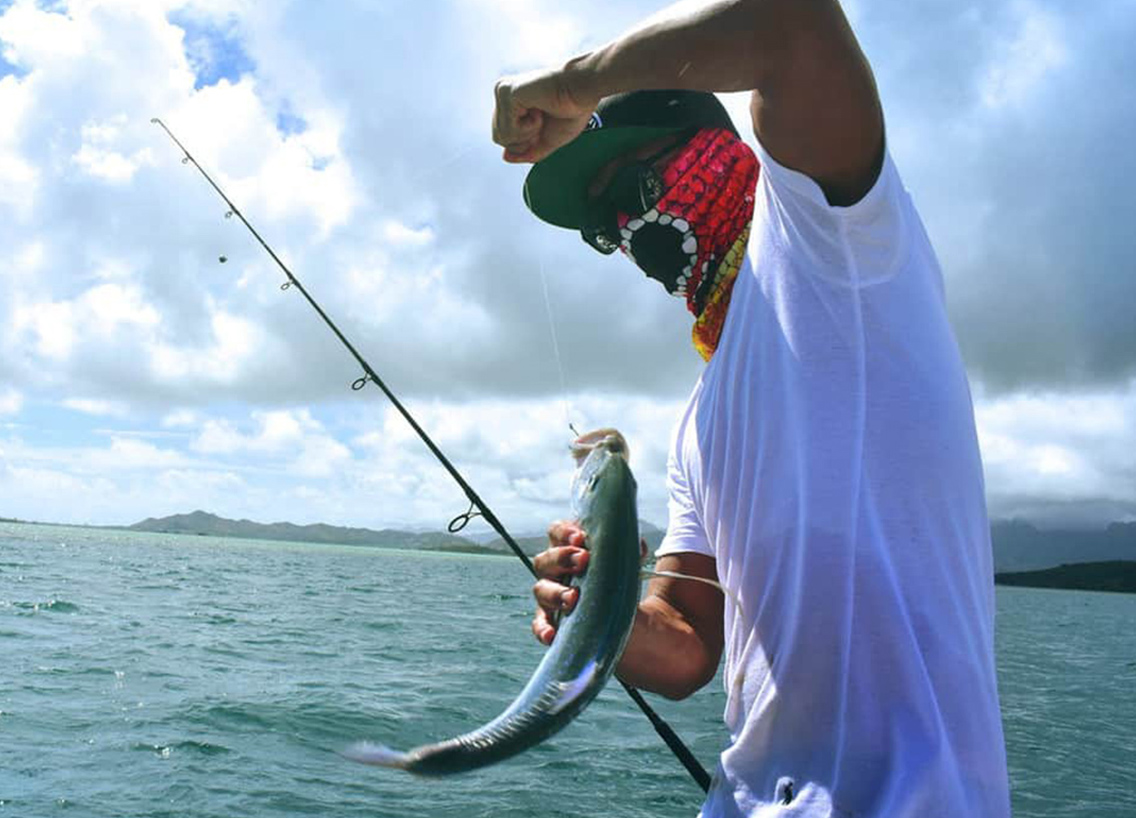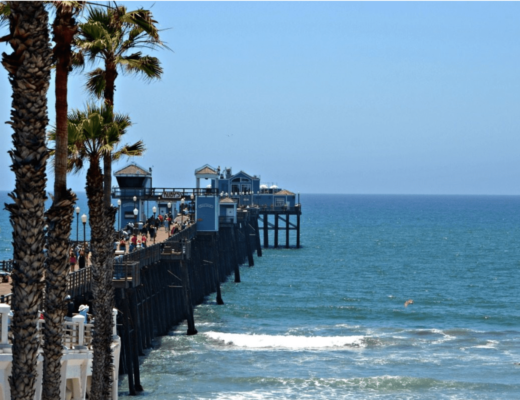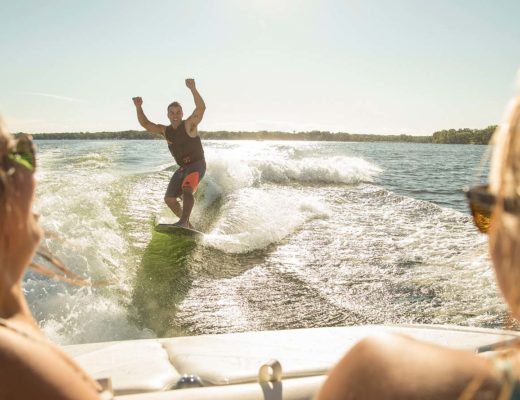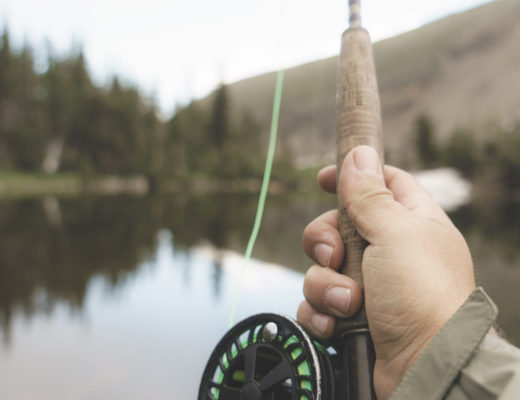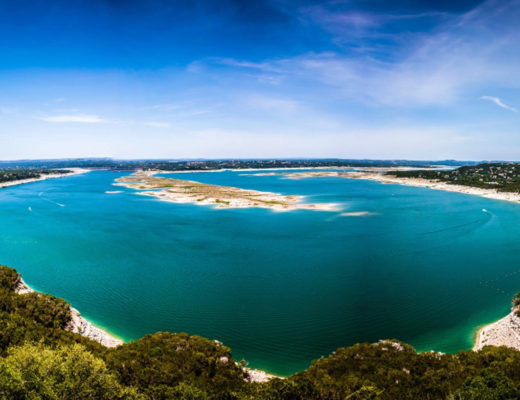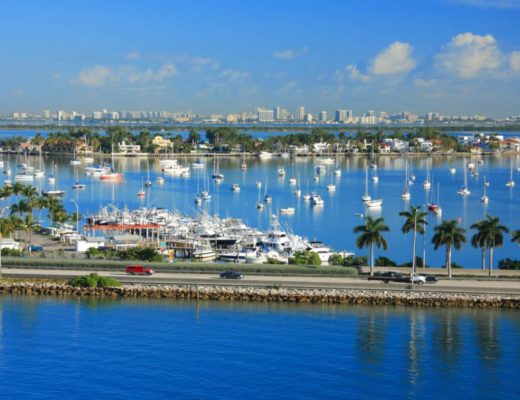There are countless reasons to get out on the boat – and fishing is on the top of this list for fall!
The months from September through to late November are perfect for catching a plethora of species in stunning surroundings. So, let us walk you through what to expect and how to maximize your haul!
Early Fall
Early fall marks the beginning of dropping temperatures, with corresponding cooler waters and increasingly shorter daylight hours. This stimulates fish to move from their summer homes to their winter habitats.
Mid-Fall
Progressing further into the fall fishing season the water continues to cool, increasing oxygen levels in the water, which stimulate fish and results in them becoming more active.
Late Autumn
Later into the season, fish begin to get slower. As winter approaches, fish will already have gorged earlier in the season and will start to become lazy, which means they’re lesson likely to swim to your lure. Prepare to go deeper, and think strategically.
What you can catch
The most popular species in fall are large and small-mouth bass, walleye, northern pike, trout and salmon.
The best tactics depend on where in the county you are and what you’d like to catch. However, it can often be productive to make your way to greener pastures. Seek out deep healthy weeds near bays and tributaries, in fertile lakes and rivers.
Some species, such as pike, look for cover. This causes them to move away from the shorelines and into the rich vegetation and deeper waters. The contrary applies to largemouth bass and walleye, who tend to migrate towards shallow waters in order to keep warm, keeping close shoreline vegetation for cover.
The easiest way to determine the most productive waters is to keep your eye out for baitfish, as your chances to score a catch will increase where the natural action is. Here are some quick tips on catching some of the top fall fish this season:
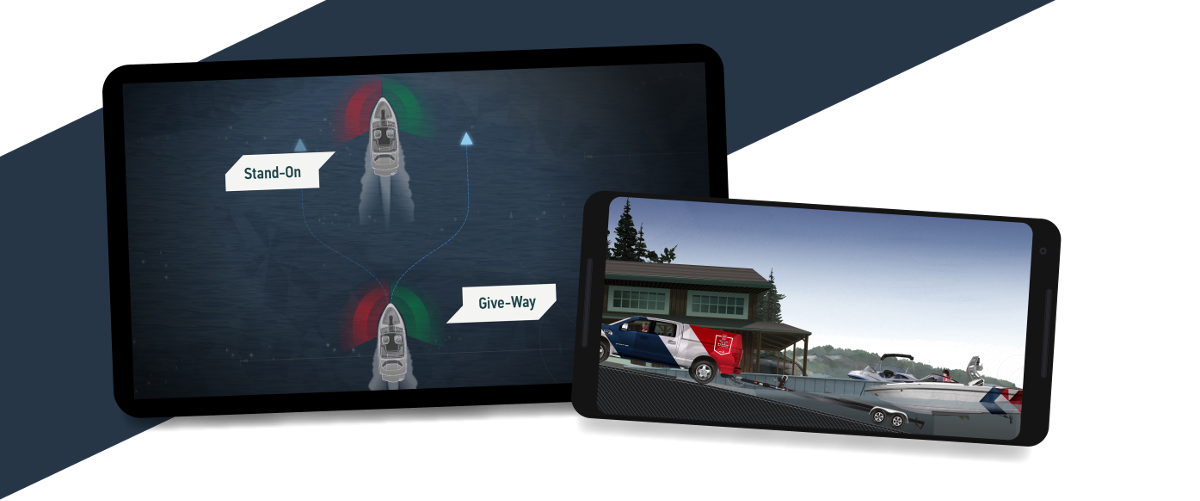

Get your Official North American
Boating License
The Official NASBLA and Transport Canada Boating Course, Test & License.
Get your Official North American
Boating License
The Official NASBLA and Transport Canada Boating
Course, Test & License.
Salmon
Salmon have a thick, strong jaw which means you’re going to have to choose your hooks carefully!
Make sure your hooks razor sharp and plan your fishing trip on a dull or overcast day for best results. Sunshine causes salmon to go into deeper waters and become a little less active, so dusk or dawn is optimal on sunny days.
If you choose live bait, go for roe. If opting for an artificial lure, go for a spinner.

Fun Fishing Fact: Todd Johansson caught a chum salmon in Edye Pass, BC in Canada on July 11th, 1995 that weighed 15.87 kg (35 lbs. 0 oz.) breaking the previous record!
Walleye
If you have cast your sights on walleye, dusk is the best time to get some action. This is when fish begin to feed and become much more active than during peak daylight hours.
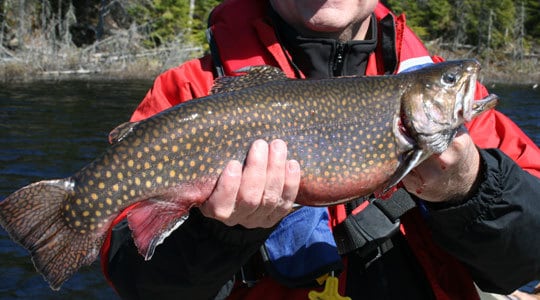
Trout
Virtually every province across Canada offers a wealth of trout fishing opportunities, with lakes from coast to coast stocked with brookies, browns, rainbows and splake. Trout can be aggressive and very active in fall, offering the thrill of the chase that’s worth the wait.
Cooler waters incentivize trout to cruise shorelines, with your best bet for a catch near rocky points, wood and shoals. Fish near overhanging trees, submerged wood, and rocky points and shoals, and use live bait where possible for a successful catch.
Pike
Similar to salmon and trout, pike are very reactive to fluctuating water temperatures in the fall – and large northern pike can be a little trickier to catch!
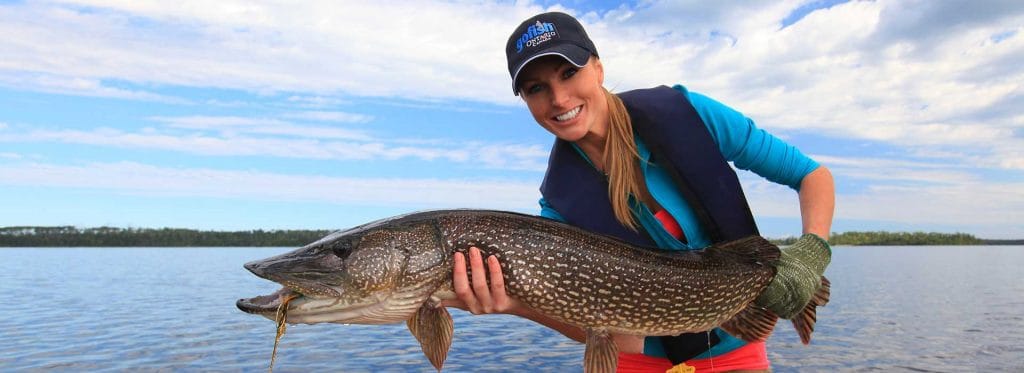
That said, fall is the perfect season to target that trophy fish. Fresh green vegetation will be more successful than among the browning weeds where you will find many of the other species. You can use large or regular bass size spinners, swim baits and minnows to lure a large fall pike. Remember, if you want to take advantage of some of the best fishing of the year, keep the boat out on the water throughout Fall!
